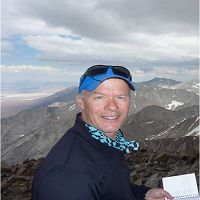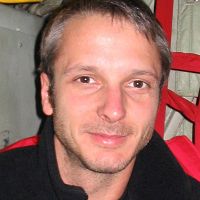Carey et al., 2016
Microbial community structure of subalpine snow in the Sierra Nevada, California.
Carey, C.J., S.C. Hart, S.M. Aciego, C.S. Riebe, M.A. Blakowski, E.L. Aronson (2016)
Arctic, Antarctic, and Alpine Research. 48(4):685-701. 2016
-
Sierra, INVESTIGATOR
-
Sierra, COLLABORATOR
-
Sierra, INVESTIGATOR
-
Calhoun, Sierra, COLLABORATOR
Abstract
Mounting evidence suggests that Earth's cryosphere harbors diverse and active microbial communities. However, our understanding of microbial composition and diversity in seasonal snowpack of montane ecosystems remains limited. We sequenced the 16S rRNA gene to determine microbial structure (composition and diversity) of snow at two depths (0–15 and 15–30 cm) of a subalpine site in the Southern Sierra Critical Zone Observatory, California, U.S.A. Proteobacteria dominated both depths (~72% of sequences), and this phylum was composed mostly of bacteria within the Rhodospirillales order. Cyanobacteria were almost exclusively present in the upper snow layer, while Actinobacteria and Firmicutes were more abundant in the deep snow layer. Many of the most abundant phylotypes were Acetobacteraceae. Phylotype NCR4874, which comprised 22%–32% of the sequences, was most closely related to the N2-fixing bacteria Asaia siamensis, suggesting that N2 fixation may be an important process within the Sierra snowpack. In addition, just under half (45%) of the numerically dominant phylotypes shared >98% similarity with sequences recovered from other cold environments. Our results suggest that microbial communities of subalpine Sierra Nevada snowpack are diverse, with both snow depths harboring distinct but overlapping communities consisting largely of cold-adapted bacteria.
Citation
Carey, C.J., S.C. Hart, S.M. Aciego, C.S. Riebe, M.A. Blakowski, E.L. Aronson (2016): Microbial community structure of subalpine snow in the Sierra Nevada, California. Arctic, Antarctic, and Alpine Research. 48(4):685-701. 2016. DOI: 10.1657/AAAR0015-062
 This Paper/Book acknowledges NSF CZO grant support.
This Paper/Book acknowledges NSF CZO grant support.
Explore Further




